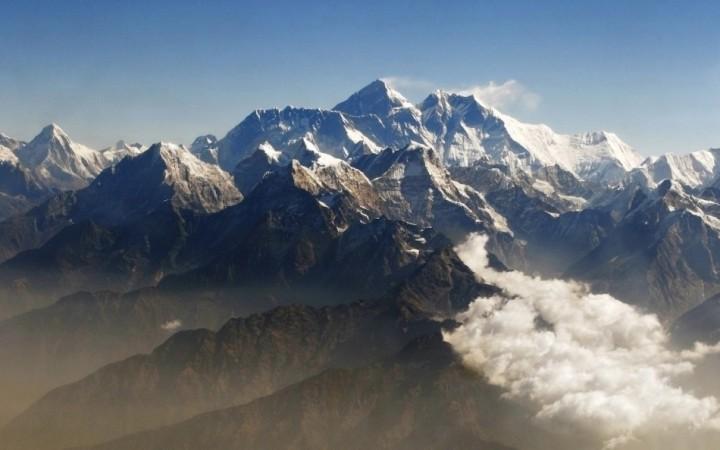
The world's tallest mountain, Mount Everest, has been plagued with climate change leading to fast shrinking glaciers, according to a recent study.
The American Geophysical Union in Mexico presented the study showing that glaciers on Everest have melting at an alarming rate of about 13% in the last 50 years.
Researchers have pointed to global climate change as the possible cause behind glacial melting. What remains to be confirmed is "a firm connection between the mountains' changes and climate change," they said in a statement.
Sudeep Thakuri, a doctoral student of University of Milan and who co-authored the study, explained that the team had recorded the changes by studying the satellite imagery and topographic maps of the Sagarmatha National Park over the years.
A rise in temperature by 1.08-degree-Fahrenheit has also been recorded in the area since 1992.
Glaciers measuring less than a square kilometre have registered a 43 percent decline in the surface area in these 50 years.This in turn has led to the increase in hidden rocks and debris by 17 percent which were previously ice covered areas of the Everest.
However, the study comes as no surprise to the locals and regular climbers as they had an inkling of the change in the area with the rate of snowfall decreasing year after year.
The fast melting glaciers could have a severe affect on the residing population with an increased possibility in floods, avalanches and landslides.
"The Himalayan glaciers and ice caps are considered a water tower for Asia since they store and supply water downstream during the dry season," Thakuri.
This new study of glacial shrinking is in line with the controversial report of Intergovernmental Panel on Climate Change which had earlier predicted that glaciers around the Everest would vanish by the year 2035. But the study was slammed by Gravity Recovery and Climate Experiment (GRACE) satellite mission which said that "the melt was one-tenth the reported rate, and that some areas were experiencing growth, particularly in the Tibetan plateau," reported Los Angeles Times.
















